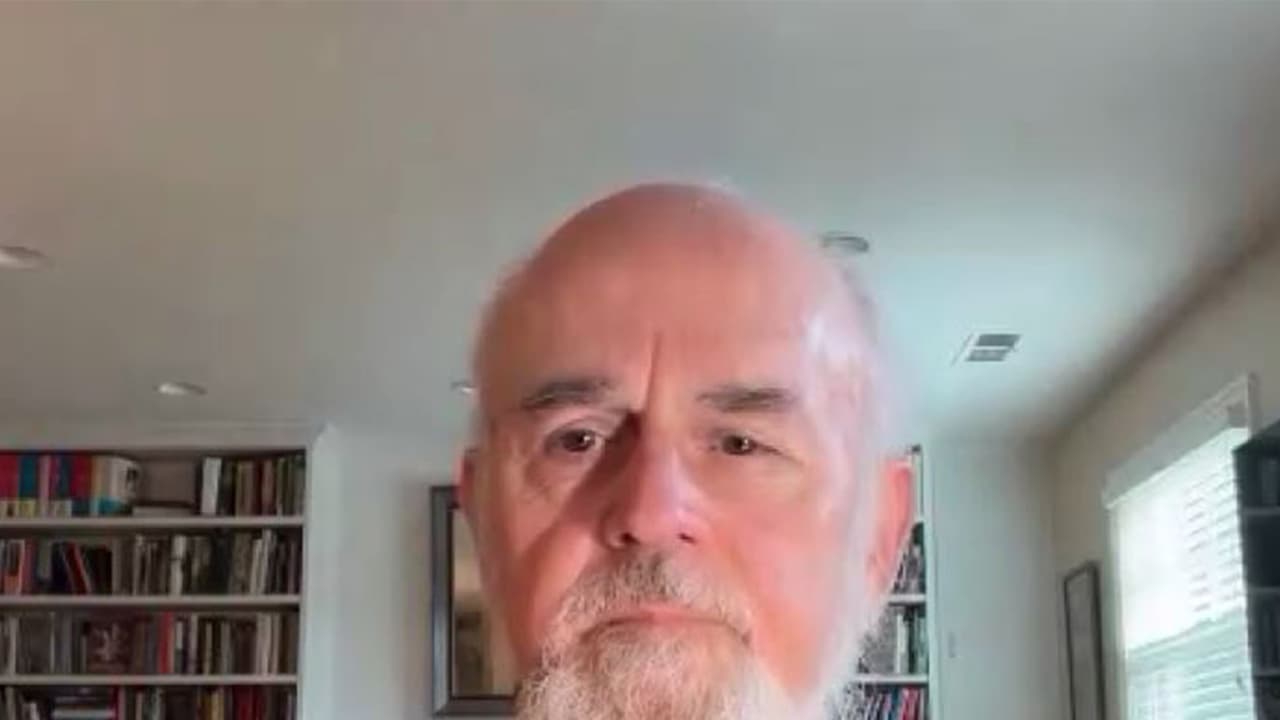Ex-CIA officer James Lawler details how the US confronted Pakistan’s President Musharraf with ‘incontrovertible evidence’ of AQ Khan selling nuclear secrets, leading to an explosive reaction and Khan’s eventual house arrest.
Ex-CIA operations officer James Lawler, who led covert missions that penetrated, sabotaged, and ultimately exposed AQ Khan’s global nuclear trafficking network, stated that the turning point came when US intelligence confronted Pakistan’s leadership, including President Pervez Musharraf, with “absolutely incontrovertible evidence” that Khan was selling Pakistan’s nuclear secrets abroad.
Lawler recalled in an interview with ANI that CIA Director George Tenet personally briefed Musharraf that AQ Khan “was betraying Pakistan’s nuclear secrets to at least the Libyans and maybe others,” prompting an explosive reaction before Khan was placed under years-long house arrest. Expanding on this meeting, Lawler recounted that Tenet told Musharraf directly that Khan had been leaking nuclear secrets, leading Musharraf to react by saying, “I’m going to kill that son of a bitch.” He added that Musharraf ultimately opted to place Khan under house arrest for several years, marking a decisive step in containing the network.
Inside the Covert Operation
Detailing how the intelligence effort evolved, Lawler said he had been assigned in the mid-1990s to run counterproliferation operations in Europe before being given authority to “penetrate and sabotage” nuclear procurement networks. His teams built front companies that appeared to be legitimate suppliers and used classic sting techniques so “the people came,” enabling the CIA to enter and map the Khan network from within.
Explaining the philosophy behind these operations, Lawler said he studied historical covert missions and concluded that “if you want to defeat proliferation and proliferators, you need to become a proliferator,” creating entities that appeared to be sellers of sensitive equipment while doing the opposite. He noted the work was deliberately small and focused, with “no more than 10 people” at headquarters and support from what he described as brave officers serving overseas.
Mapping the ‘Merchant of Death’ Network
As the operations expanded, Lawler said intelligence agencies were initially slow to realise the scale of AQ Khan’s activities, noting that he had evolved into an “outward proliferator” selling nuclear technology abroad. “I nicknamed Khan the ‘Merchant of Death,'” he said, pointing to Khan’s extensive networking skills and the three-decade trajectory that took him from procuring technology for Pakistan to trafficking it to other states.
The Libyan Breakthrough
He described the Libyan case as a decisive moment for the effort. When his team intercepted the freighter BBC China, they removed containers “filled with nuclear components,” material that later forced Libyan leader Muammar Gaddafi to admit a concealed nuclear program. Lawler recalled the stunned silence of Libyan officials when confronted with the evidence, after which they acknowledged, “By Allah, you’re right. We did have a nuclear program.”
Sabotage and Intelligence Gathering
Outlining the tradecraft used to frustrate proliferation, Lawler said the CIA deployed technical sabotage to disrupt centrifuge programs while simultaneously gathering intelligence. He described the approach as a deliberate attempt to “harm” proliferators’ capability and said it was based on tested, technical methods developed with national laboratories. He noted this was necessary because, in his words, the risk of not acting “would be the risk.”
The Broader Proliferation Landscape
Discussing the broader proliferation landscape, Lawler said his early focus was on Iran and later shifted entirely to the Khan network, while other parts of the US intelligence community handled North Korea, where access was much harder. He added that designs originating from Urenco formed the basis of early centrifuge models and that proliferated plans reached several countries.
Warning of a ‘Nuclear Pandemic’
Looking ahead, Lawler warned of the dangers posed by a potential Iranian nuclear weapon. “My biggest concern is the nuclear pandemic this would set off in the Middle East,” he said, predicting a chain reaction of other states seeking weapons and an increased risk of accidental or intentional nuclear use.
Reflections of a ‘Mad Dog’ Spy
Reflecting on his career, Lawler also recounted the origins of his nickname “Mad Dog,” which came from a dog bite incident in France years before his counterproliferation work. He described his 25-year career at the CIA from 1980 to 2005 as a role he loved and said he now writes spy novels while remaining proud of the mission he helped shape. “Stopping countries from getting nuclear weapons, nobody should really argue with that.” (ANI)
(Except for the headline, this story has not been edited by Asianet Newsable English staff and is published from a syndicated feed.)
